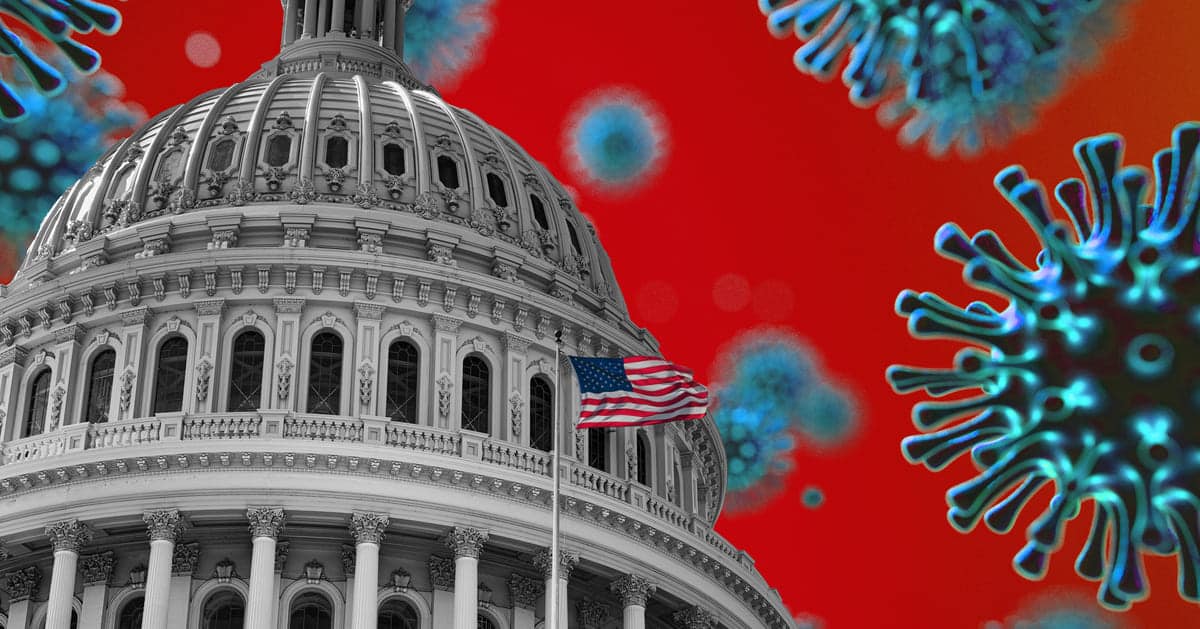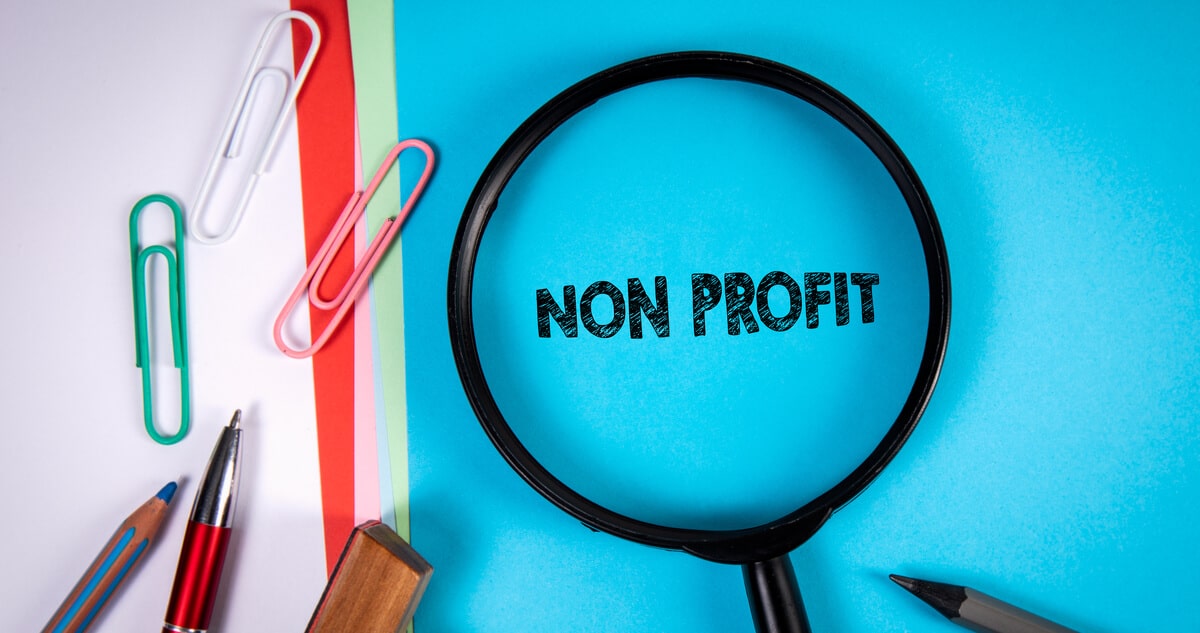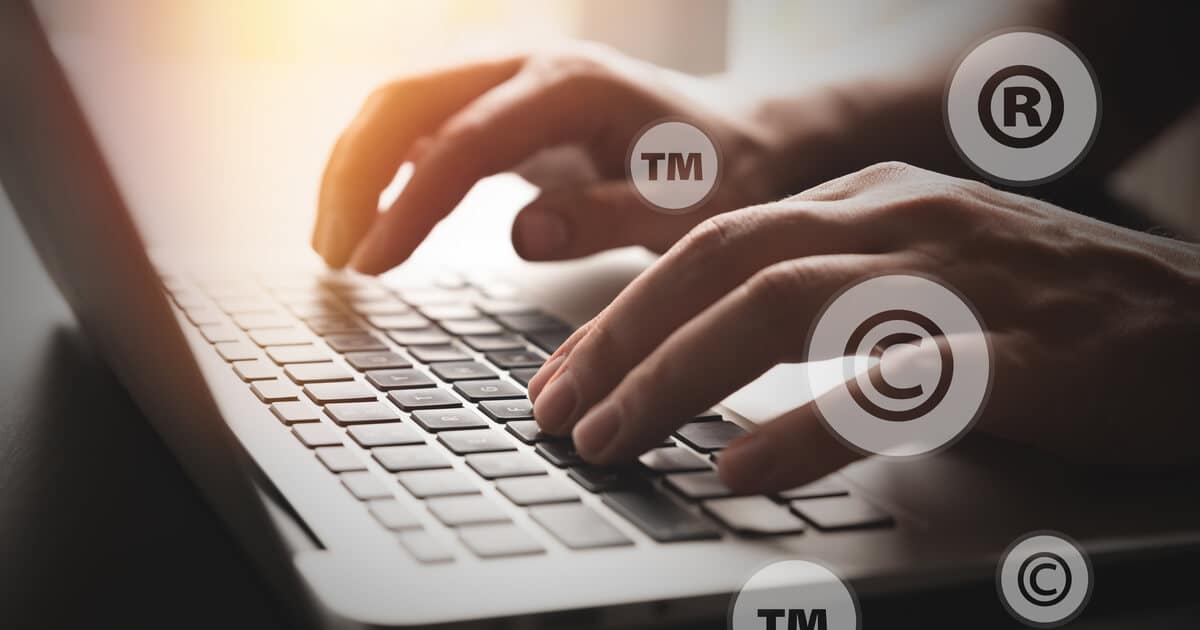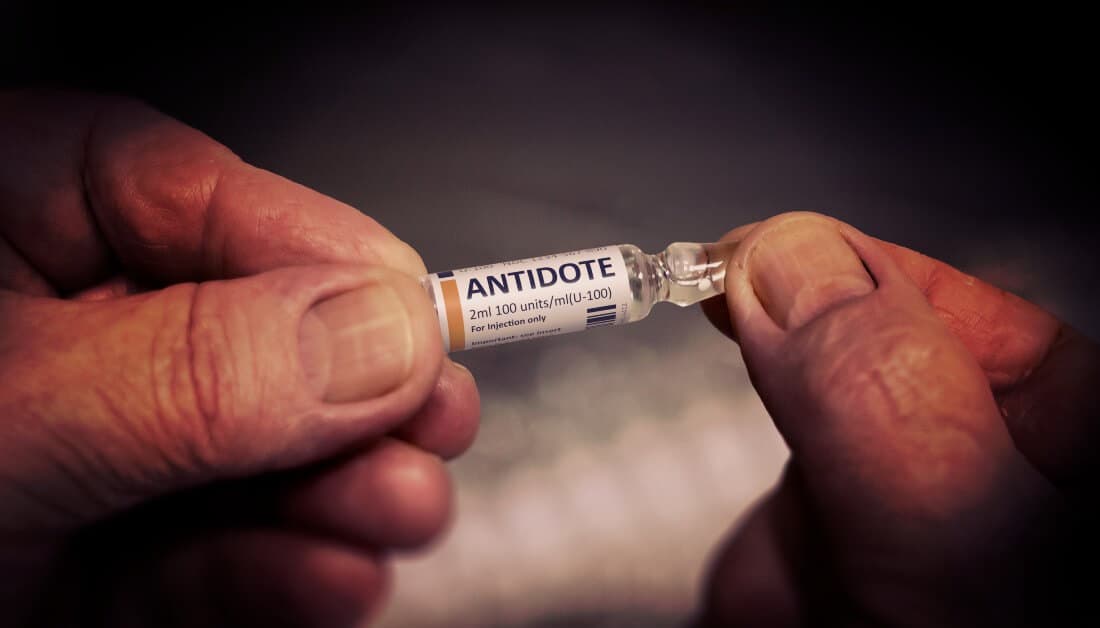TYSONS OFFICE
CORONAVIRUS RELIEF ALERT — CARES Act Alert #3: SBA Help: PPP vs. EIDL/Disaster

To explain the key relief for nonprofits and small businesses in the recently enacted $2 Trillion CARES Act (complete text), we published our CARES Act Alert #1 and CARES Act Alert #2. This Alert #3 explains the major differences between the new loan/grant program under Paycheck Protection Program (PPP) created by the CARES Act and the Economic Injury Disaster Loans (EIDL) amended by the CARES Act. Both the PPP and the EIDL are administered by the U.S. Small Business Administration (SBA). Both serve small businesses and 501(c)(3)s with no more than 500 employees (Small Entities). But the process, eligibility, and benefits are quite different.
1. EIDL/Disaster Loans. Among new federal laws responding to Covid-19, the first one included funding to ramp up the SBA’s longstanding (natural) disaster loan program. This program helps communities rebuild after a natural disaster, such as a tornado or hurricane. It has two main components: loans to rebuild physical damage and loans to recoup resulting economic loss. Since the Covid-19 pandemic has not resulted in physical damage to structures, SBA began offering Economic Injury Disaster/EIDL loans to small businesses and nonprofits in affected areas after the national emergency was declared on March 13, 2020. These are Covid-related EIDL loans. All EIDL loans are issued and administered directly by the SBA and you can apply online here.
2. PPP Loans. The CARES Act (complete text) just became law on March 27. Among other things, it created the Paycheck Protection Act. Our CARES Act Alert #1 has an overview, but a bit more background will avoid confusion. The PPP will be administered via the SBA’s 7(a) business loan guarantee program. This popular 7(a) program leverages a nationwide network of private lenders to offer loans to for-profit small businesses. Typically, 7(a) is not used to respond to disasters or economic crises and is not meant for nonprofits. But the PPP needed a mechanism to quickly and efficiently disburse $350 billion of loans/grants to as many Small Entities as possible. So, PPP uses the existing 7(a) network of SBA-approved private lenders, who will begin accepting PPP applications after the SBA issues guidance (perhaps by the end of this week). In the meantime, you can begin to prepare per our advice in CARES Act Alert #2.
3. Covid-Related EIDL vs PPP. The PPP offers up to full loan forgiveness, proportionally, to the extent borrowers keep their employees on payroll and don’t lower their wages by more than 25 percent during the loan period. Forgiveness is not available for Covid-related EIDLs, but under CARES Act changes, such EIDLs may provide more help to some borrowers than exists under the PPP. EIDL borrowers also are eligible for $10,000 grants payable within 3 days. Borrowers who already received a Covid-related EIDL, or who are in the middle of the EIDL application process, can apply for a PPP loan with an option to refinance (convert) that EIDL loan into a PPP loan (except for the $10,000 EIDL grant). For comparison:
| COVID-Related EIDL Disaster Loan ($10B in additional funding) |
Paycheck Protection Program (PPP) Loan ($349B in initial funding) |
| 1. Is a loan that must be repaid, but has broader uses (not restricted to payroll, mortgage interest/rent, and utilities, like the PPP). | 1. Most/all the loan can be forgiven (grant) if the proceeds are used to keep employees on payroll and not reduce their pay by more than 25%. |
| 2. Administered by the SBA itself (not private banks/lenders). | 2. Administered by private banks and other SBA-approved lenders. |
| 3. Apply on-line on SBA’s website. | 3. Apply with any SBA-approved lender. |
| 4. If meet certain requirements, borrower can get emergency grant (free advance) of up to $10,000 on the loan, which the SBA must distribute within 3 days. | 4. Entire loan can become a grant if the borrower keeps employees on the payroll and does not reduce their pay by more than 25% during the 8-week period after loan disbursement. |
| 5. Waives: personal guarantees (only on loans below $200k); the “credit elsewhere” test; and the requirement that the applicant must have been in business 1-year prior. | 5. Waives: “credit elsewhere” test; personal guarantees; and collateral requirements. Can use payroll data from Jan & Feb 2020 to qualify if entity was not operational in 2019. |
| 6. In determining applicant’s ability to repay, SBA can approve loans based solely on an applicant’s credit score. | 6. All tests for credit-worthiness are eliminated. |
| 7. Maximum loan size: $2 million. | 7. Maximum loan size: $10 million. |
| 8. Maximum maturity on the loan: up to 30 years. | 8. Max. maturity (on any unforgiven loan balance): 10 years (SBA set at 2 years). |
| 9. Max. interest rate: 3.3% for small businesses; 2.5%; nonprofits. | 9. Maximum interest rate: 4% (SBA has set current rate at 1%). |
| 10. Expires: December 31, 2020. | 10. Expires: June 30, 2020. |
For assistance, please contact Nancy LeSourd or Matthew Szymanski. Our CARES Act Team is led by our attorneys Nancy and Matthew and includes our non-attorney consultant Phil Eskeland. Mr. Szymanski and Mr. Eskeland bring experience from their past service, respectively, as the chief of staff and the deputy chief of staff of the Small Business Committee of the U.S. House of Representatives, including during the legislative response to 9/11. More Alerts will follow on these and other issues, including after SBA issues its guidance.




